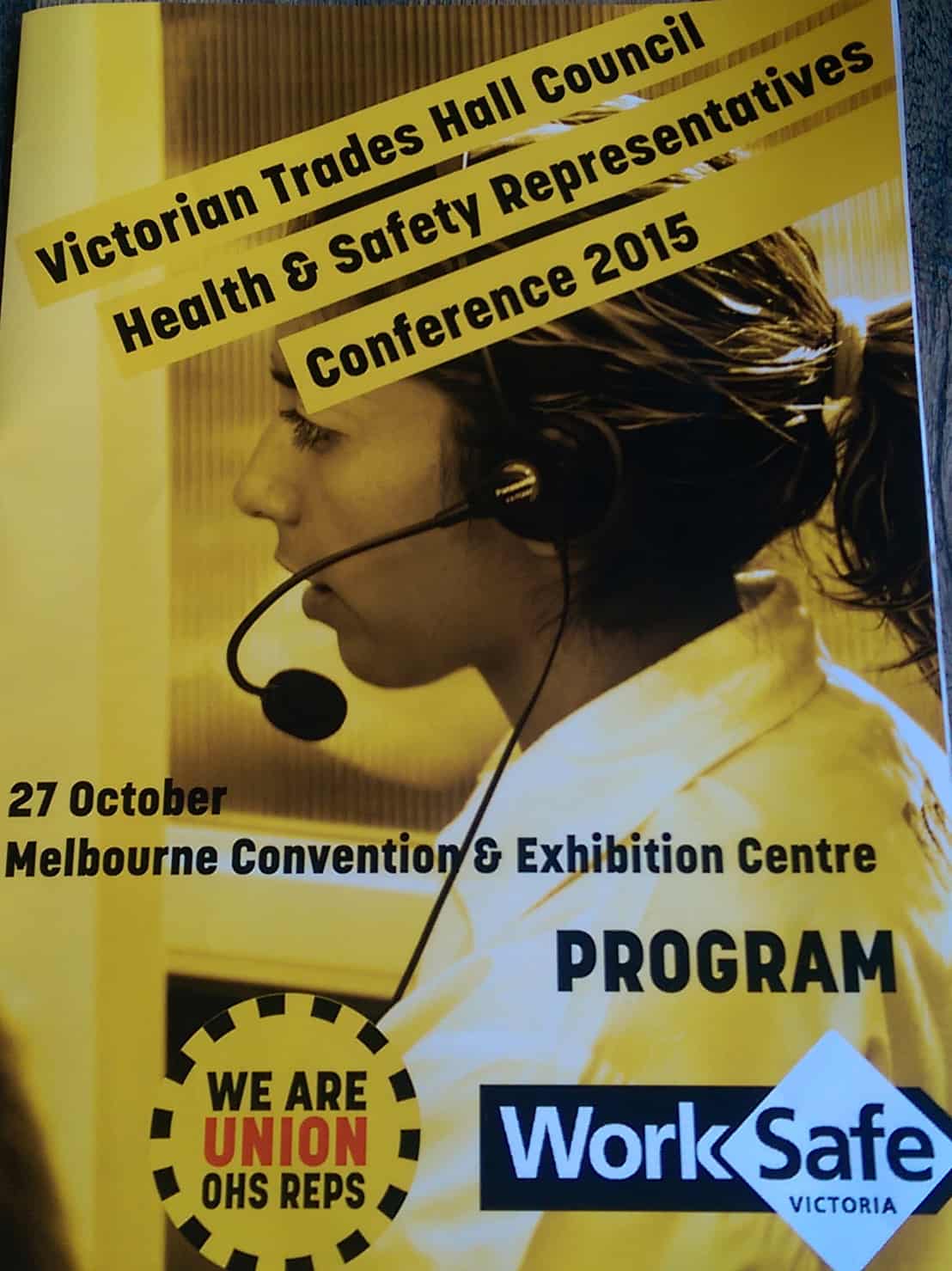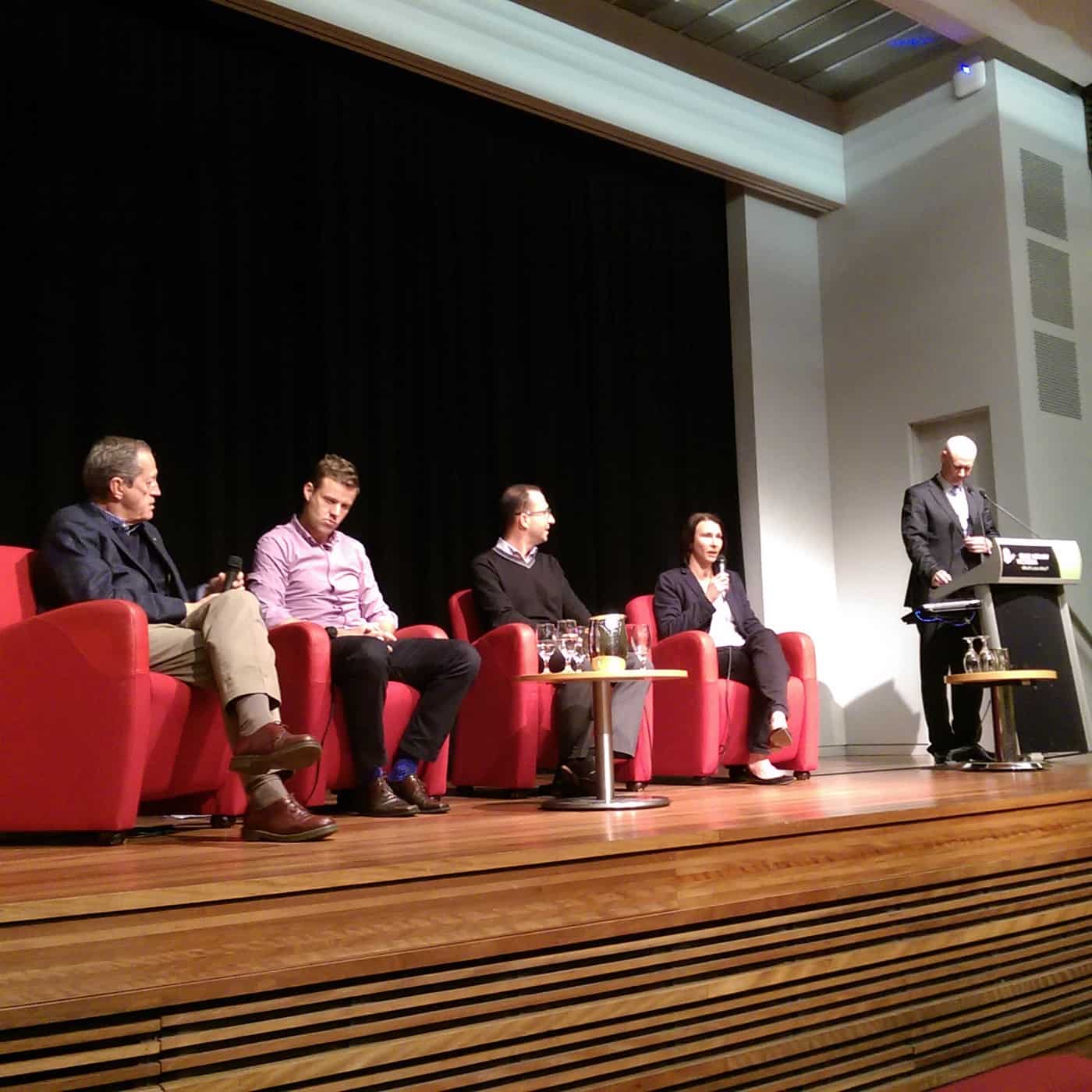Workplace safety can have a bizarre logic. A recent example can be seen in the continuing controversy about the deaths of two workers on a construction site in Western Australia.
In November 2015 two workers Joe McDermott and Gerard Bradley were crushed to death by a concrete slab while on a break at a Jaxon Construction site in East Perth. The Construction Forestry Mining and Energy Union (CFMEU) concerns about the site have been discussed on ABC television last week and on the union’s social media. WorkSafe WA is investigating.
Some of the statements by Kim Richardson, the construction director of the Master Builders Association of Western Australia (MBAWA) seem ill-timed but reflect many of the perspectives held by employers towards occupational health and safety (OHS).
Shortly after the the incident Richardson stated that
“All workers have the right to go to work and have the expectation and the right to come home safely,…. That did not happen.
There’s been a move to have a tremendous amount of paperwork where people will tick boxes to say they have a safe system in place. But that doesn’t guarantee safe systems of work. The way the work is performed is where the focus needs to be.”
Richardson’s complaints seem to be that
- occupational health and safety has too much paperwork
- the paperwork misrepresents the level of safety at the workplace
- greater attention should be given to how work is performed.
Few OHS professionals in Australia would argue these points but there are some uncomfortable implications in these complaints.


 The
The 
 Having never played sports outside the obligatory high school activities, which in my high school also included snooker?!, the world of locker rooms and team sports is foreign. But earlier this week I learnt that where OHS professionals talk about productivity, sportspeople speak of performance, and where factories address line speed, sports physicians talk of load management. I also learnt that professional sportspeople are exempt from workers’ compensation.
Having never played sports outside the obligatory high school activities, which in my high school also included snooker?!, the world of locker rooms and team sports is foreign. But earlier this week I learnt that where OHS professionals talk about productivity, sportspeople speak of performance, and where factories address line speed, sports physicians talk of load management. I also learnt that professional sportspeople are exempt from workers’ compensation.